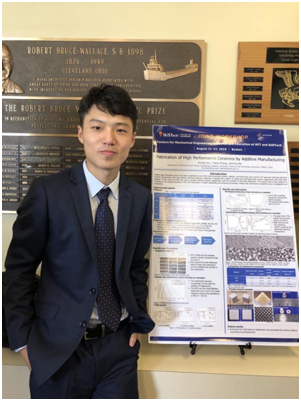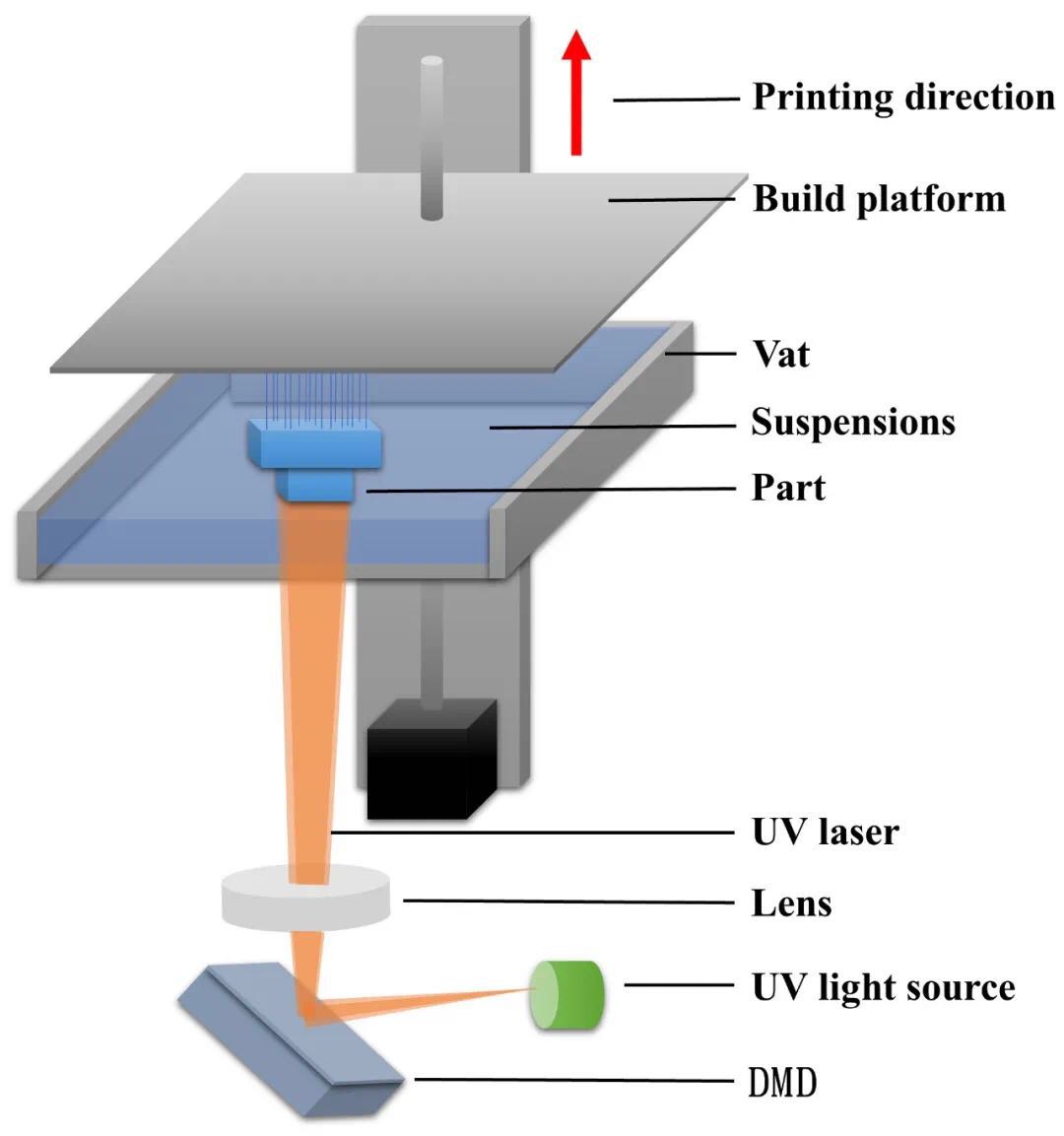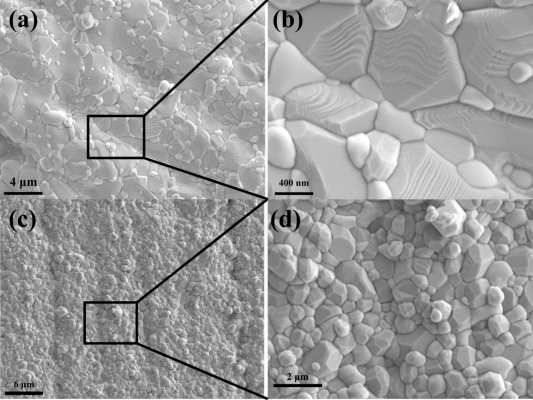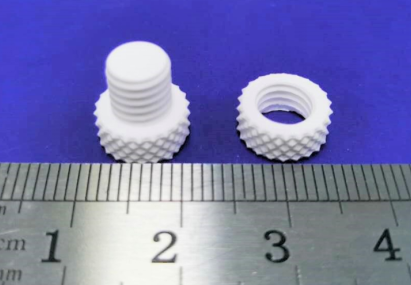3D printing of ceramics dramatically improves, following undergraduate research
Apr 22, 2020
The development of three-dimensional (3D) printing has been an enormous boon for many industries but struggled to break through into the vital field of alumina-based ceramics. These ceramic tools are central to many downstream industries but are currently highly expensive to make. Research by an undergraduate student at Southern University of Science and Technology could lead to a significant shake-up.
Tianqi Zheng (’20) is in ’s research group (Mechanical and Energy Engineering). Tianqi has had his latest research results published in the high-impact journal (IF = 3.45), under the title, “.”

Figure 1: Tianqi Zheng at MIT
Ceramic materials are highly prized for their physical properties, which include high hardness and strength, excellent heat resistance, insulation, and chemical stability. They are used in a wide range of fields, such as mechanical engineering, biology, and electronics. However, ceramic materials are extremely brittle, making it very hard to make the materials efficiently and sustainably.

Figure 2: Digital Light Projection (DLP) 3D printing technology
The research team used digital light processing (DLP), which is a promising approach to fabricate delicate ceramic components with high-fidelity structural features. They developed alumina and zirconia-toughed alumina (ZTA) ceramic pastes that featured low viscosity, a stable dispersion for the DLP process, and with a high percentage of ceramic powder in the whole slurry. The team then worked to optimize the DLP procedure through an array of different procedures, before printing several ZTA ceramic parts with complex geometric structures.

Figure 3: Surface morphology (interlayer bonding) of alumina (Al2O3) and zirconia-toughened alumina (ZTA) composites
The team found that their 3D-printed ZTA parts were stronger, harder, denser, and tougher compared to their Al2O3 counterparts. Their results provide new opportunities for forming and processing new, high-performance ceramics. It opens a new frontier in the structural design of ceramic parts, with broad commercial applications.

Figure 4: 3D printed ZTA ceramic parts
Tianqi Zheng was the first author of the paper. Assistant Professor Jiaming Bai is the only correspondent author, with SUSTech as the corresponding unit. Additional contributions came from the , , and .
This research was supported by the Guangdong Science and Technology Department, Guangdong Undergraduate Training Program for Innovation and Entrepreneurship, and the National Natural Science Foundation of China.
Paper link:
Latest News
Related News












